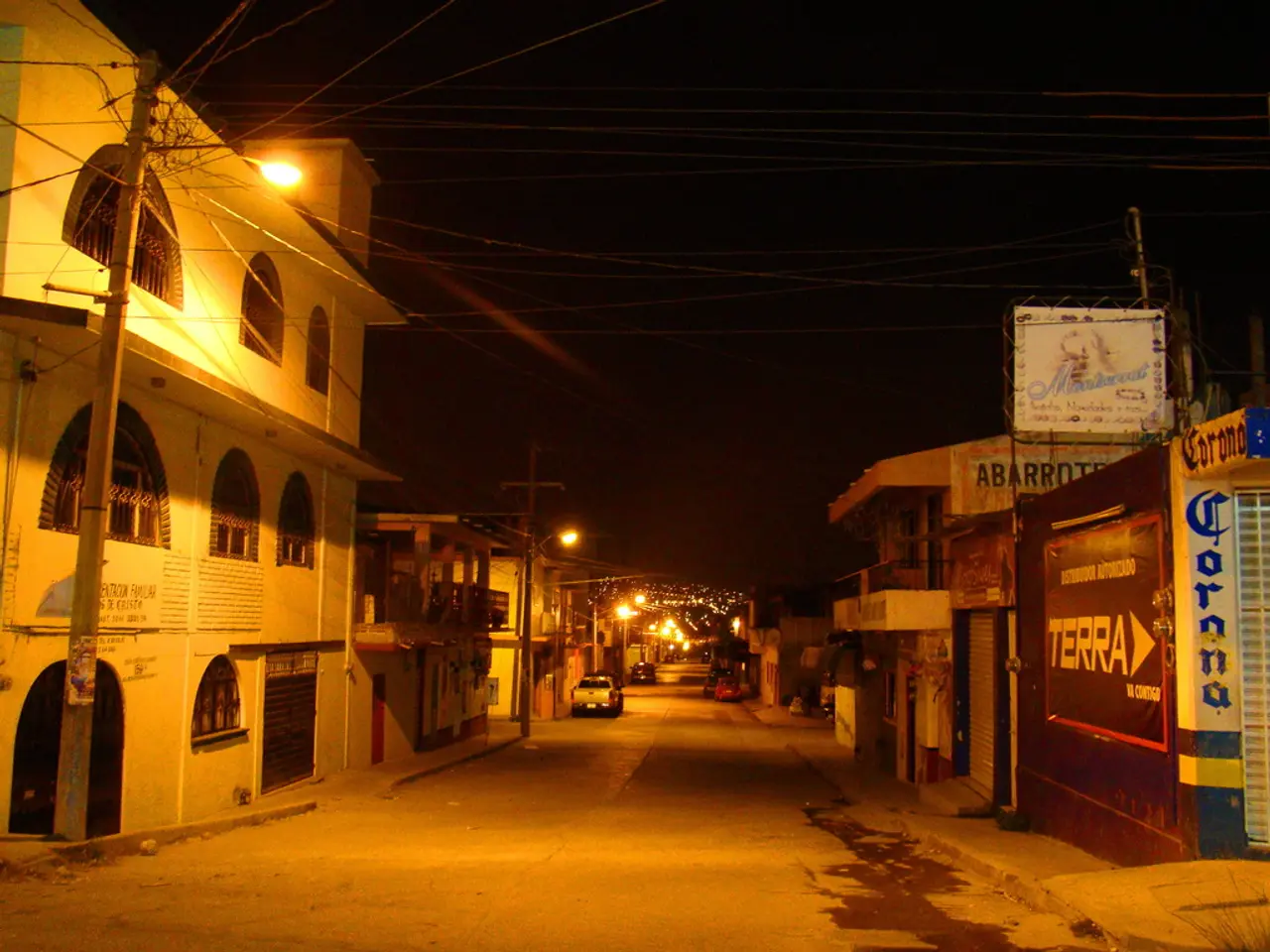ICNC & IAA Showcase Bidirectional Charging, Improving EV Infrastructure
The Intercharge Network Conference (ICNC) and the International Automobile Exhibition (IAA) have recently taken place, highlighting advancements in electromobility. Key developments include the demonstration of bidirectional charging and efforts to improve charging infrastructure and customer service experience.
Bidirectional charging, or Vehicle-to-Grid (V2G), was showcased at the ICNC. However, its widespread adoption in Germany faces economic hurdles due to additional costs. Meanwhile, charging point operators for electric trucks are using large battery storage to meet high power demands, bypassing insufficient network connections.
Companies like E.ON are actively working on bidirectional charging solutions. They offer special V2G electricity tariffs and have integrated over 225,000 bidirectionally capable vehicles into the grid. Pilot projects are expanding, and collaborations with real estate managers aim to supply EV drivers with renewable energy during shopping. These solutions will be implemented through smart tariffs and flexible energy use models.
The industry is tackling electromobility's perceived PR problem, not due to charging station availability, but opaque pricing. Efforts to improve customer service experience include growing roaming networks, although interoperability comes at a cost, with EMSP prices nearing €1 per kilowatt-hour.
Evailable presented a predictive maintenance solution at the ICNC to identify charging problems in advance. Monta showcased an assistant that analyzes and prepares errors in charging processes. The ICNC focused on 'Shaping Customer Experiences: Bridging the Gap to Mass EV Adoption', emphasizing the need for reliable charging infrastructure for mass market acceptance.
Electrotrucker, a startup focusing on electric commercial vehicles, won the start-up award at the ICNC. In the future, fleet and charging management systems must be linked for better networking and interoperability.
The recent ICNC and IAA events have demonstrated significant progress in electromobility, with bidirectional charging and improved charging infrastructure taking center stage. However, economic feasibility and pricing transparency remain challenges to be addressed for wider adoption.
Read also:
- US Energy Transition: Coal Plants Struggle, States Push Renewables
- Transitioning to Electric Vehicles Places Heavy Demand on Power Grids
- E-mobility continues its progress after a decade since the scandal, staying on course
- The Commission deems the assistance program to be in agreement with the domestic market regulations.








